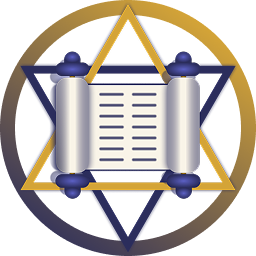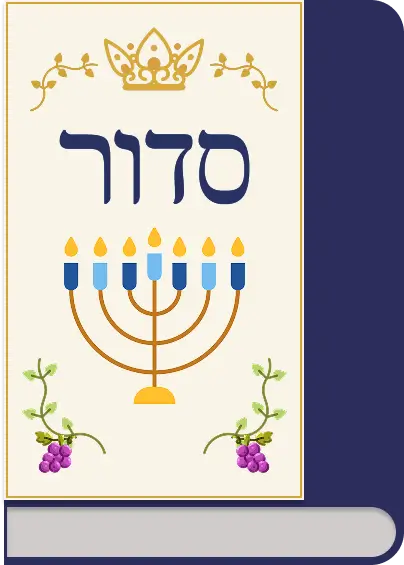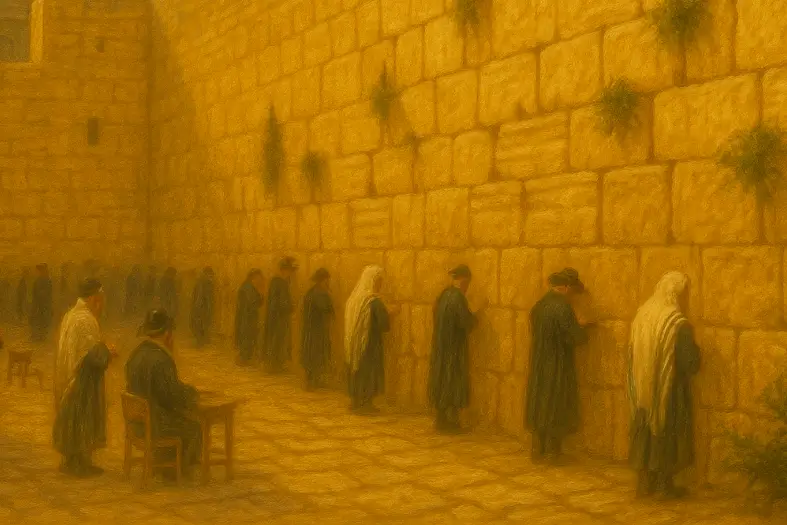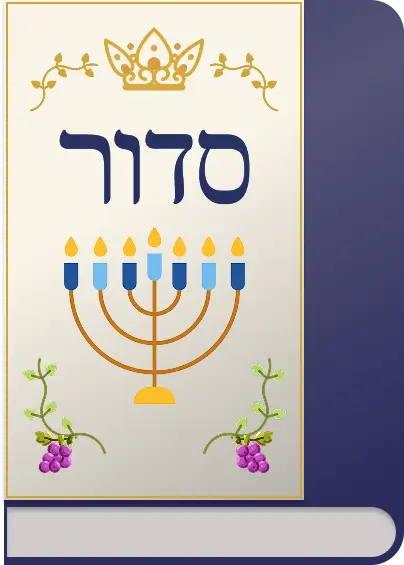



Mincha, the afternoon service, offers a spiritual pause in the midst of the day. Established by Yitzchak Avinu, it consists primarily of the Ashrei psalm and the Amidah, reminding us to reconnect with Hashem even during busy hours. Mincha is a vital moment to reset our intentions and seek guidance for the remainder of the day.
Earliest: Mincha Gedolah (½ halachic hour after midday)
Ideal: Mincha Ketana (~2.5 halachic hours before sunset)
Latest: Sunset
What it is. Short passages that recall the Temple offerings and frame our intent before prayer. By speaking about avodah (service), we “warm up” the heart for Mincha.
Core theme. We don’t just recite; we offer ourselves—time, attention, humility. “Prayer replaces offerings” means showing up with sincerity.
Line to savor. “ונשלמה פרים שפתינו” — V’nishalmah parim sefateinu (“We will offer bulls with our lips,” Hoshea 14:3).
Let the words themselves be your offering.
Practice tip. Before you move on, pause one breath and set a tiny kavanah: What am I putting on the altar right now—distraction, worry, or gratitude? Bring that into Ashrei.
What it is. David’s acrostic of praise said three times daily; at Mincha it re-centers us mid-day.
Core theme. G-d’s nearness and daily kindness to every creature. Gratitude is the gateway to presence.
Line to savor. “פּוֹתֵחַ אֶת יָדֶךָ וּמַשְׂבִּיעַ לְכָל חַי רָצוֹן” — Pose’ach et yadecha… (“You open Your hand and satisfy every living being,” v.16).
When you say it, slow down and actually picture an open hand.
Practice tip. Pick one specific kindness from today (food, help, a small win). Name it silently on “בְּכָל יוֹם אֲבָרְכֶךָ”.
What it is. The silent standing prayer: praise → requests → gratitude. At Mincha, it’s a brief audience with the King in the middle of life’s rush.
Core theme. Presence and relationship. We stand, feet together, like angels—fully here, fully humble.
Line to savor. “ה’ שְׂפָתַי תִּפְתָּח וּפִי יַגִּיד תְּהִלָּתֶךָ” — Hashem, open my lips and my mouth will declare Your praise (Tehillim 51:17).
Let that first line soften your shoulders and your pace.
Shulchan Aruch (O.C. 101:1) says:
Shulchan Aruch also sets the baseline for kavanah in general: understand the words you’re saying and picture yourself standing before Hashem. Sefaria
Practice tip (halacha): Lock in kavanah for the first brachah—Avot. Before starting, pause and remind yourself “I’m standing before Hashem,” then say from “Elokei Avraham” through “Magen Avraham” a touch slower, with the meaning in mind. If focus drifts later, keep going and re-anchor at a spot like “Shema Koleinu.” (SA O.C. 101:1; 98:1; Rema ad loc.) Sefaria+1
What it is. A short, honest plea after Amidah (not recited on Shabbat, festivals, and many joyous days; customs vary by community).
Core theme. Vulnerability. We’ve stood tall in Amidah; now we lean in closer and let the heart speak without polish.
Line to savor. “חָנֵּנוּ ה’ חָנֵּנוּ” — Chanenu Hashem, be gracious to us.
Simple, direct, real.
Practice tip. Bring one concrete struggle to mind. On the words “כִּי־רַב שָׂבְעָה־לָּהּ נַפְשֵׁנוּ,” let yourself feel it—and then hand it over.
What it is. Our closing mission-statement: to bow before the King of kings and to yearn for a world aligned with His oneness.
Core theme. Purpose and responsibility—we have a role in elevating the world.
Line to savor. “לְתַקֵּן עוֹלָם בְּמַלְכוּת ש-ד-י” — L’takein olam b’malchut Sh-d-ai (“to repair the world under His sovereignty”).
Feel the dignity of that assignment.
Practice tip. Name one tiny act you can do today that brings a little more kedushah into your corner—kind word, honest deal, mindful minute.
What it is. A communal plea built as short petitions that begin “Our Father, our King.” Recited during the Ten Days of Teshuvah and on public fast days (customs vary; many omit on Shabbat). It holds love (Avinu) and awe (Malkeinu) in one breath.
Core themes. Mercy and responsibility. We don’t “earn” favor—we ask for compassion, commit to return, and partner with HaShem to repair what’s broken (forgiveness, health, livelihood, peace).
Lines to savor.
“אָבִֽינוּ מַלְכֵּֽנוּ חָנֵּנוּ וַעֲנֵנוּ” — Avinu Malkeinu, chaneinu va’aneinu (“Be gracious to us and answer us”).
“אָבִינֽוּ מַלְכֵּֽנוּ עֲשֵׂה עִמָּנוּ צְדָקָה וָחֶסֶד” — …aseh imanu tzedakah va’chesed (“Deal with us in righteousness and kindness”).
Practice tip. On each “Avinu…Malkeinu,” let the words shape your kavanah: Avinu—soften, feel you’re held. Malkeinu—straighten, accept accountability. Choose one petition that hits home today (healing, parnassah, peace, forgiveness) and say it a touch slower—like you mean it.

Dive into mitzvot, prayer, and Torah study—each section curated to help you learn, reflect, and live with intention. New insights are added regularly, creating an evolving space for spiritual growth.

Explore the 613 mitzvot and uncover the meaning behind each one. Discover practical ways to integrate them into your daily life with insights, sources, and guided reflection.

Learn the structure, depth, and spiritual intent behind Jewish prayer. Dive into morning blessings, Shema, Amidah, and more—with tools to enrich your daily connection.

Each week’s parsha offers timeless wisdom and modern relevance. Explore summaries, key themes, and mitzvah connections to deepen your understanding of the Torah cycle.